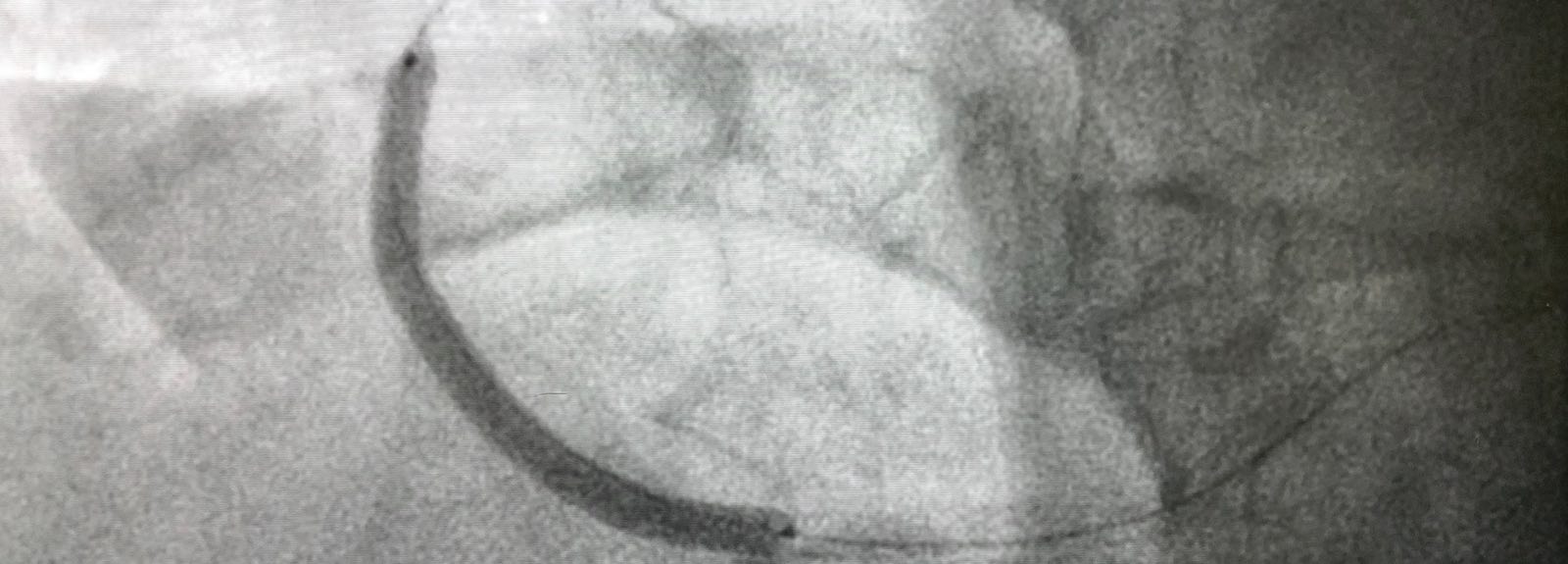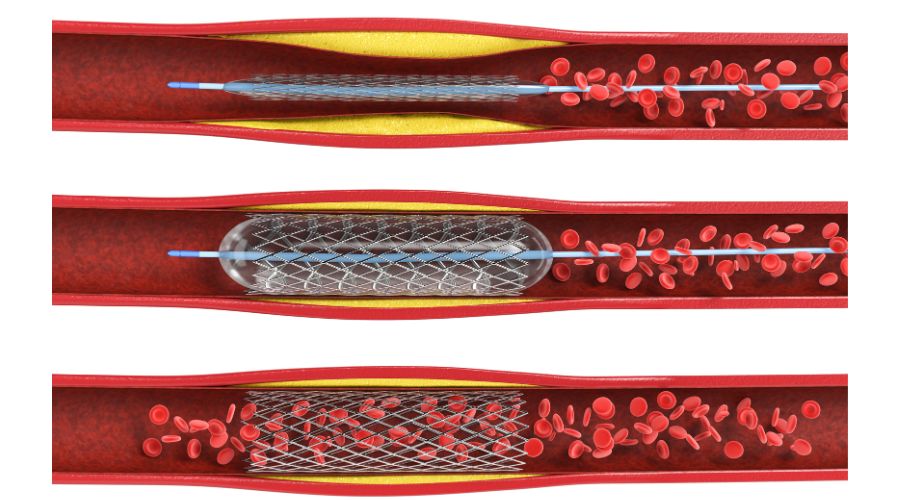Percutaneous Coronary Intervention or PCI
Percutaneous coronary intervention or PCI involves an umbrella of procedures and techniques to reopen arteries clogged by plaque stuck to their walls. Many patients undergo PCI because of reduced blood flow to their arms and legs (Peripheral Arterial Disease / PAD) or even the heart which can, in turn, cause chest pain, pain in the extremities, and shortness of breath. Left untreated, these conditions can increase the risk of heart attack or stroke.
PCI is remarkable in its minimal invasiveness. The blood vessels are accessed via a small incision in the arm or leg through which a catheter is threaded. This tiny spaghetti-like device can make its way through an artery and your interventional cardiologist can track and guide it using fluoroscopy or continuous X-ray in a specially outfitted cath lab. Once we reach the area of the blockage, we have a number of procedures that can be used for the specific type of blockage. These can include:

